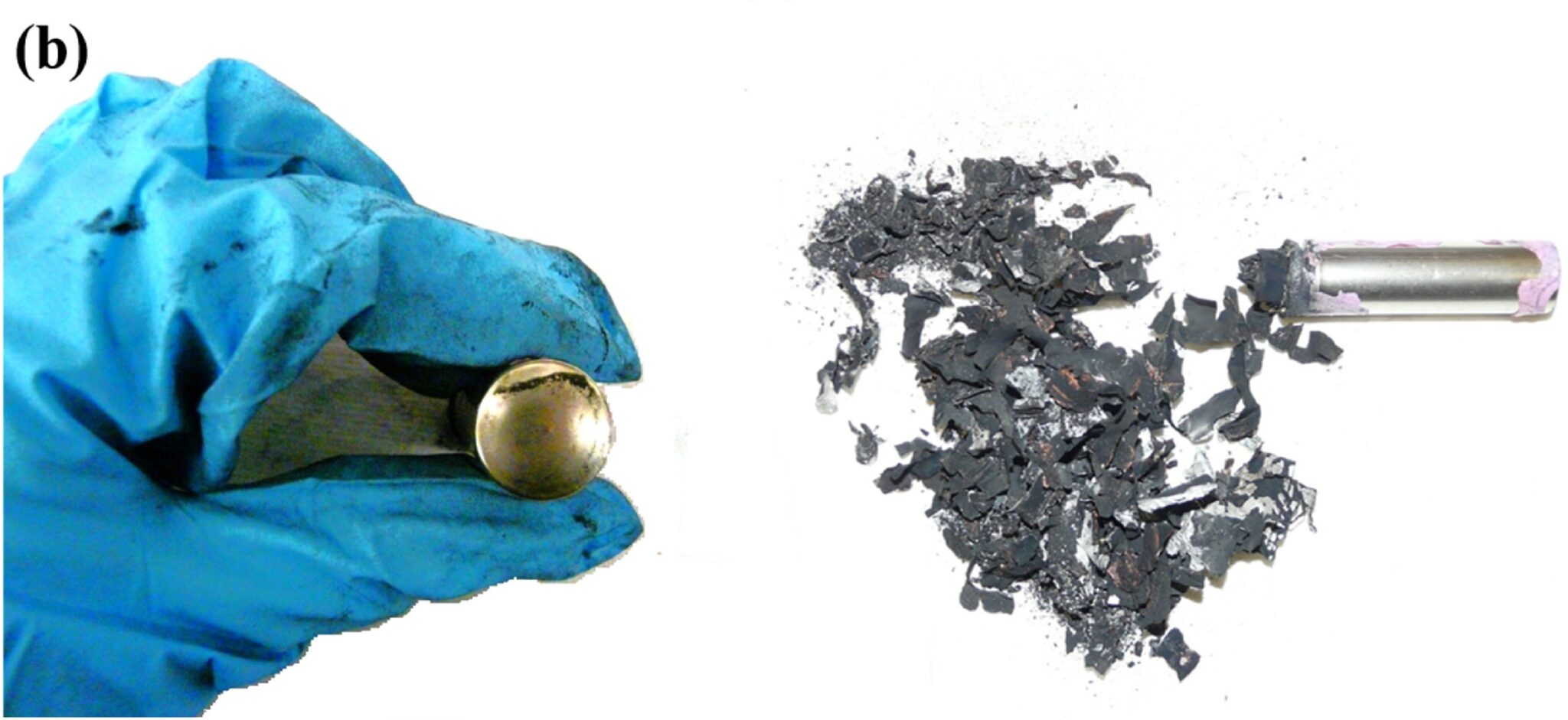New Insights into Thermal Runaway Risks: Sodium-Ion vs. Lithium-Ion Batteries
Posted on June 25, 2025 by Quantum Server Networks

As global demand for safer and more sustainable battery technologies continues to surge, a new study by researchers from Otto von Guericke University Magdeburg in Germany provides critical insight into the thermal runaway behavior of two dominant battery chemistries: sodium-ion batteries (SIBs) and lithium-ion batteries (LIBs). Published in the Journal of Power Sources, this comparative research has far-reaching implications for energy storage systems, electric vehicles, and grid-scale applications.
Understanding Thermal Runaway: A Hidden Hazard
Thermal runaway is a potentially catastrophic chain reaction within batteries that can lead to fire, explosions, and the emission of toxic gases. This condition is initiated when excessive heat causes the internal components of the battery to decompose uncontrollably. As noted by the German team, the cascading effects include release of combustible gases, electrolyte vapors, particulates, and high temperatures—a dangerous combination, especially in dense energy environments like EVs or energy storage units.
Experimental Design: Comparing Sodium and Lithium Cells
The study involved 30 commercially available 18650-type cylindrical cells—15 sodium-ion and 15 lithium-ion. The SIBs used NaNi1/3Fe1/3Mn1/3O2 (NFM) cathodes, while LIBs used Li(NixMnyCo1-x-y)O2 (NMC) cathodes. These cells were thermally stressed inside a gas-tight 10-L pressure vessel rated to 20 bar, with charge states ranging from 0% to 100% SOC (state of charge).
The heating system relied on four 320 W cartridges with a controlled output, raising battery temperatures at a rate of 12 K/min up to approximately 300°C. Runaway events were induced by localized overheating until combustion thresholds were reached.
Key Findings: Similar Danger Zones, Different Speeds
Remarkably, both SIBs and LIBs showed thermal runaway initiation at 50% SOC and above. However, LIBs exhibited significantly faster thermal escalation—>10 K/sec compared to >2 K/sec for SIBs. Onset temperatures also varied slightly: 135–165°C for sodium-based cells versus 140–172°C for lithium counterparts.
Gas release profiles were strikingly similar between the two, involving hazardous compounds such as carbon monoxide (CO), methane (CH4), hydrogen cyanide (HCN), and ethylene (C2H4). The study measured a lower explosion limit (LEL) of 4.8% for SIBs and 5.5% for LIBs, signaling serious risks under abuse conditions.
Why This Matters: Towards Safer Battery Technologies
This comparative analysis underscores the need for robust thermal management systems in both sodium- and lithium-based battery platforms. While sodium-ion batteries are emerging as a promising alternative due to lower costs and material abundance, their thermal behavior requires just as much attention. Safety margins should not be assumed simply because the chemistry is new or different.
Given the accelerating adoption of large-format batteries in renewable integration and electrified transport, the findings of this study are timely. Manufacturers and regulatory bodies must incorporate such insights into design standards, risk assessments, and fire mitigation strategies.
For the original article and full technical details, visit the source at:
Comparing thermal runaway behavior of sodium-ion, lithium-ion batteries – ESS News
Sponsored by PWmat (Lonxun Quantum) – a leading developer of GPU-accelerated materials simulation software for cutting-edge quantum, energy, and semiconductor research. Learn more about our solutions at: https://www.pwmat.com/en
📘 Download our latest company brochure to explore our software features, capabilities, and success stories: PWmat PDF Brochure
📞 Phone: +86 400-618-6006
📧 Email: support@pwmat.com

Comments
Post a Comment